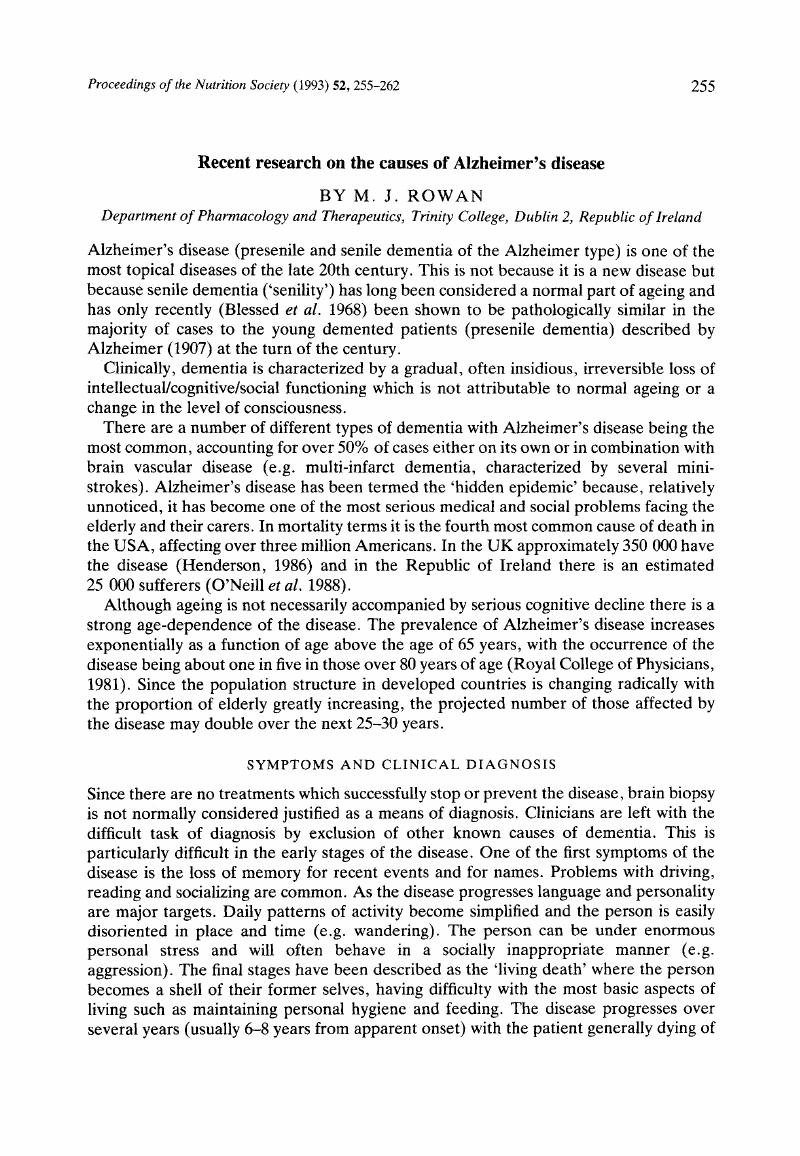Crossref Citations
This article has been cited by the following publications. This list is generated based on data provided by Crossref.
Berthon, G.
2000.
Does human βA4 exert a protective function against oxidative stress in Alzheimer’s disease?.
Medical Hypotheses,
Vol. 54,
Issue. 4,
p.
672.
Huang, Mei Lan
and
Rauk, Arvi
2004.
Reactions of One-Electron-Oxidized Methionine with Oxygen: An ab Initio Study.
The Journal of Physical Chemistry A,
Vol. 108,
Issue. 29,
p.
6222.
Priest, N.D.
2005.
Encyclopedia of Human Nutrition.
p.
69.
Rivera, Daniela S.
Inestrosa, Nibaldo C.
and
Bozinovic, Francisco
2016.
On cognitive ecology and the environmental factors that promote Alzheimer disease: lessons from Octodon degus (Rodentia: Octodontidae).
Biological Research,
Vol. 49,
Issue. 1,





